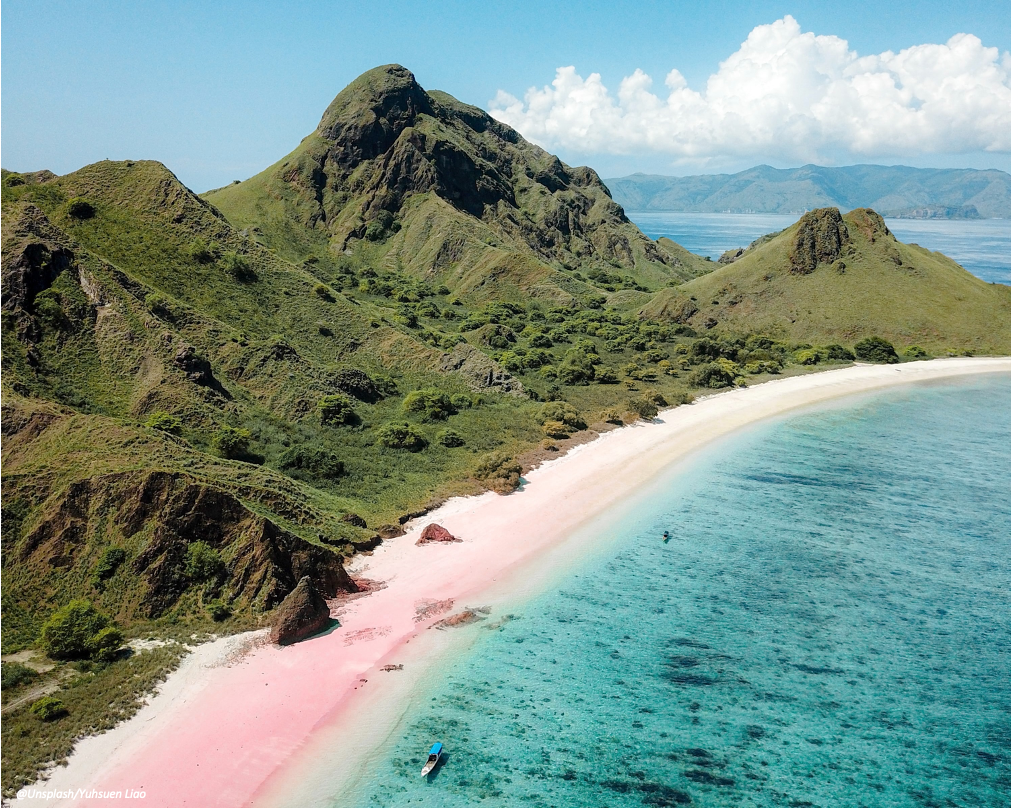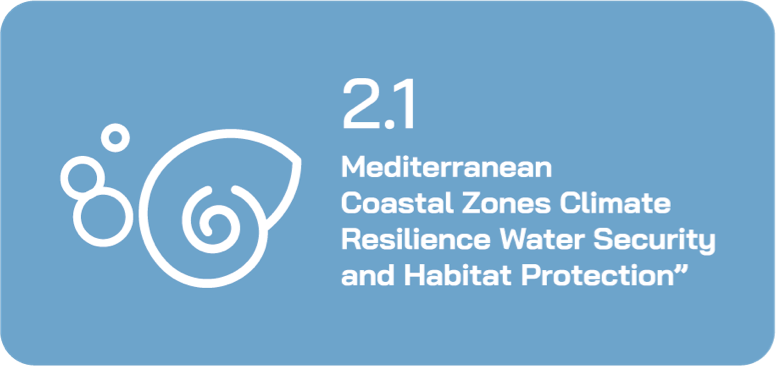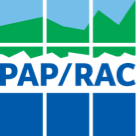GEF Focal Areas
International Waters
Climate Change
Rationale
CONTACTS
UNEP/MAP
Mr. Mohamad Kayyal, MedProgramme Management Officer
E-mail: mohamad.kayyal@un.org
UNESCO
Mr. Jose Luis Martin Bordes, Alicante
Email: jose.martinbordes@un.org
PAP/RAC
Ms. Daria Povh, Director
Email: daria.povh@paprac.org
Plan Bleu
Mr. Antoine Lafitte; Deputy Director
E-mail: alafitte@planbleu.org
GWP-Med
Mr. Dimitris Faloutsos, Senior Programme Officer
Email: dimitris@gwpmed.org
Densely populated coastal regions, coupled with tourism activities, generate high pressures on water resources, in particular on aquifers as major freshwater resource; and on ecosystems, habitats, biodiversity, and landscapes, emitting nutrients and wastewater, solid waste, marine litter and microplastics, as well as industrial waste into the environment. It is of utmost importance to address these issues at their origin and to create conditions for minimizing pressures and impacts on the environment.
Child Project 2.1 plays a crucial role in achieving the desired impacts of the MedProgramme by assisting the participating countries, coastal zone managers sustainably to protect and use the available coastal freshwater supply threatened by evolving climatic conditions, pollution, and competition at the water-energy-food-ecosystems (WEFE) nexus, and to adopt coastal zone management and land use policies respectful of the intrinsic vulnerabilities, carrying capacity, and cultural, social and economic functions of the Mediterranean coasts and ecosystems. Child Project 2.1 contributes to the MedProgramme Component 2, Enhancing Sustainability and Climate Resilience in the Coastal Zone. The specific objective of CP2.1 is improving water security, human and ecosystem health, and climate resilience in coastal hot spots. Child Project 2.1 operates in synergy with all the other Child Projects under Components 1 and 2 addressing the reduction of pollution from nutrients and persistent toxic substances in coastal hotspots of (Child Projects 1.1, 1.2, 1.3), the reuse of treated wastewaters (Child Project 1.2), the mainstreaming of climate change adaptation approaches in ICZM planning (the SCCF Project), and the resolution of conflicts at the WEFE nexus (Child Project 2.2).

Components and Outcomes
Coastal Zone Management: The component aims at reaching a total of 12,500,000 hectares of coastal landscapes and seascapes under improved management by implementing comprehensive Integrated Coastal Zone Management (ICZM) planning and approaches in four project countries, at reinforcing the capacity of country experts and administrators in the implementation of ICZM practices and involving coastal populations in raising awareness activities.
Management of Coastal Aquifers and Related Ecosystems: Implementation of sustainable management policies and practices in five coastal aquifers considered of priority importance by the countries. Coupled with conducting sub-regional trainings and national dialogues on conjunctive surface and groundwater management as well as support the implementation of actions in the two Sub-Regional Action Plans.
Involved Countries














